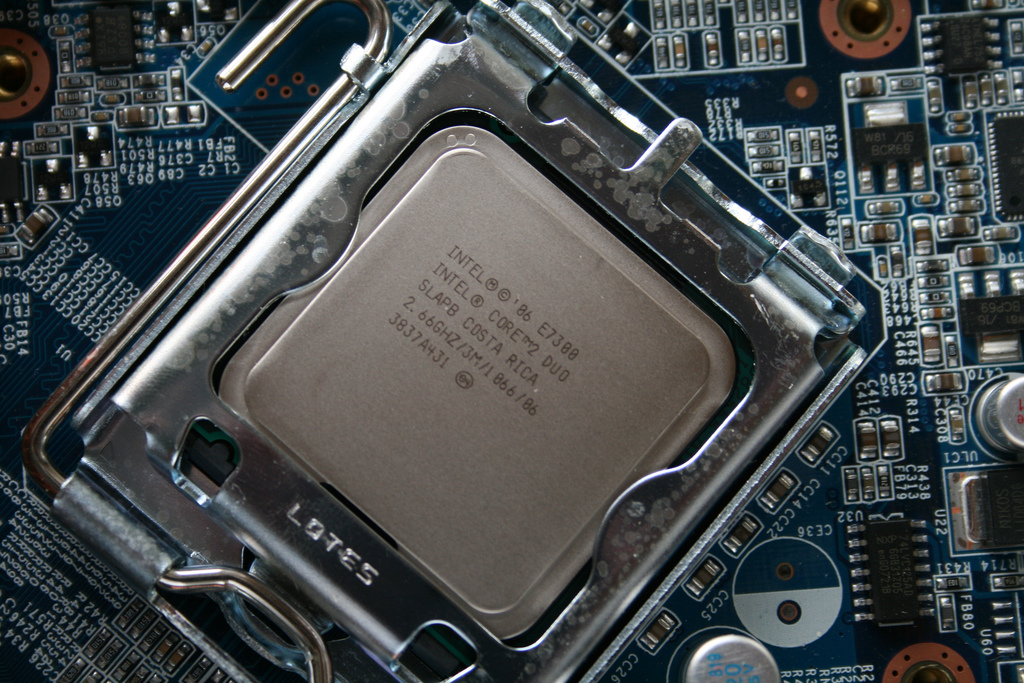 INFRA
INFRA
 INFRA
INFRA
 INFRA
INFRA
Intel Corp. has issued a patch to fix a number of serious security vulnerabilities discovered in its Management Engine, Server Platform Services and Trusted Execution Engine featured on a range of its chips.
The vulnerabilities, found in Intel-based computers, including laptops and desktops shipped with Intel Core processors since 2015, could allow a remote attacker to gain access to privileged system information and therefore the ability to install malware and a rootkit, or software to gain access to unauthorized parts of a computer, and to steal data.
Bob Rudis, chief data scientist at Rapid7 Inc., explained to SiliconANGLE that Intel had identified eight vulnerabilities in their chipsets that have ME and AMT features enabled. “Chipsets ranging from Celeron to 8th Generation Intel Core are impacted,” Rudis said. “Attackers who successfully exploit these vulnerabilities are doing so in a very powerful component of servers and higher-end desktops and laptops and will be able to elevate privileges, run arbitrary code in a powerful context, crash systems, eavesdrop on communications and call into question the integrity of virtually every bit of data or computation that is handled by a system.”
Although the newly available patch is now being distributed, it relies on device makers to distribute them, meaning there is a lag time between the patch release and enterprise users getting their hands on them. Rudis advises that enterprise users immediately implement pre-patch mitigations, including “segmenting off vital server components — especially the management Ethernet ports for those servers — along with introducing extra network and system activity monitoring.” Rudis did note that while taking those actions “there are no real workarounds” as the “only course of action to protect your organization is to patch.”
James Maude, senior security engineer at Avecto Ltd., said that from “hardware to software, admin accounts with wide-ranging privilege rights present a large attack surface. The fact that these critical security gaps have appeared in hardware that can be found in almost every organization globally demonstrates that all businesses need to bear this in mind.”
Maude explained that “controlling privilege isn’t difficult to do, but it is key to securing systems. It’s time for both enterprises and individual users to realize that they can’t rely solely on inbuilt security – they must also have robust security procedures in place.”
Vulnerabilities like this, he said, are especially dangerous because they can allow the attacker to operate above the operating system and bypass the usual security measures. “With modern systems, we need to consider the full stack and ensure that privilege management and patching is implemented from the hardware upwards.”
Intel has set up a tracking page here that will be updated as manufacturers provide links to patches.
Support our mission to keep content open and free by engaging with theCUBE community. Join theCUBE’s Alumni Trust Network, where technology leaders connect, share intelligence and create opportunities.
Founded by tech visionaries John Furrier and Dave Vellante, SiliconANGLE Media has built a dynamic ecosystem of industry-leading digital media brands that reach 15+ million elite tech professionals. Our new proprietary theCUBE AI Video Cloud is breaking ground in audience interaction, leveraging theCUBEai.com neural network to help technology companies make data-driven decisions and stay at the forefront of industry conversations.